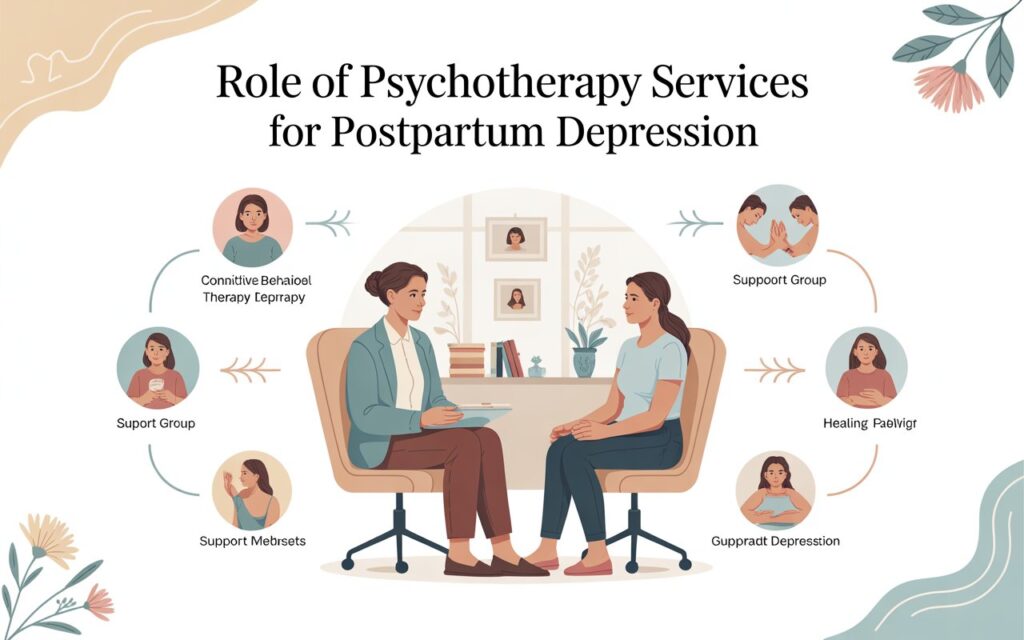Introduction
In high-risk industries, where working at height is routine, fall protection isn’t optional—it’s a necessity. Whether you’re on a construction site, in a refinery, or working at an industrial plant, ensuring the safety of your team is vital. Lifeline fall protection systems provide a reliable and effective way to prevent falls and comply with OSHA standards.
This guest post will cover the role of lifeline systems in hazardous work environments, their key features, and why they’re a smart investment for any safety-conscious business.
Excerpt:
Lifeline fall protection systems play a critical role in preventing workplace accidents in high-risk industries such as construction, oil & gas, and manufacturing. This article explores the importance, types, and benefits of lifeline systems, and why compliance with OSHA regulations is essential.
What is a Lifeline Fall Protection System?
A lifeline system is a component of a personal fall arrest system (PFAS) designed to arrest a fall in progress or provide continuous fall restraint. It typically includes a line—horizontal or vertical—anchored securely to support structures, along with compatible harnesses and connectors.
Why Lifeline Systems Are Essential in High-Risk Workplaces
Industries like construction, energy, telecommunications, and warehousing expose workers to elevated work surfaces and open edges. Without proper fall protection, these environments become deadly.
Key reasons to implement lifeline systems:
-
Prevent serious injuries or fatalities
-
Maintain OSHA compliance
-
Promote a strong safety culture
-
Reduce liability and insurance costs
-
Protect against operational downtime due to accidents
Types of Lifeline Fall Protection Systems
1. Horizontal Lifeline Systems (HLL)
Ideal for flat or sloped surfaces such as rooftops. Workers remain attached to a line spanning between two anchors, allowing safe horizontal movement.
2. Vertical Lifeline Systems (VLL)
Best suited for ladders, towers, or scaffolding. Workers connect to a vertical line that arrests falls as they ascend or descend.
3. Self-Retracting Lifelines (SRL)
These retractable devices lock immediately during a fall and offer increased mobility and reduced fall distance.
Lifeline System Compliance with OSHA Standards
OSHA’s fall protection regulations (29 CFR 1926.501 and 29 CFR 1910 Subpart D) require fall protection for workers operating at specific heights:
-
6 feet in construction
-
4 feet in general industry
-
Any height above dangerous machinery
A properly installed lifeline system, regularly inspected and maintained, helps meet these regulations.
Choosing the Right Lifeline System for Your Industry
Every jobsite is unique. Factors like structure height, movement patterns, and environmental exposure must be considered. A safety professional or certified installer (like US Fall Protection) can help customize systems that meet both your operational and regulatory needs.
Conclusion
Investing in a lifeline fall protection system is not just about compliance—it’s about saving lives. In high-risk industries where falls are a leading cause of injuries, lifelines offer peace of mind, improve morale, and reinforce a culture of safety.
US Fall Protection provides OSHA-compliant lifeline systems tailored to your specific industry needs. Reach out today to schedule a consultation and safeguard your workforce.
Five FAQs
1. What is a lifeline in fall protection?
A lifeline is a rope, cable, or track that is part of a fall arrest or restraint system, used to secure workers and prevent them from falling.
2. What’s the difference between horizontal and vertical lifelines?
Horizontal lifelines allow lateral movement along a plane (like a rooftop), while vertical lifelines are used when ascending or descending ladders or towers.
3. Are lifeline systems OSHA-compliant?
Yes, when designed and installed correctly. They must meet OSHA and ANSI standards for fall protection and load-bearing capacity.
4. How often should lifeline systems be inspected?
Daily by the user before each use, and periodically by a qualified person as required by OSHA.
5. Can lifeline systems be customized for my facility?
Absolutely. US Fall Protection offers custom lifeline solutions for rooftops, ladders, scaffolding, and other high-risk environments.









